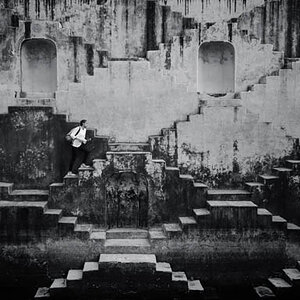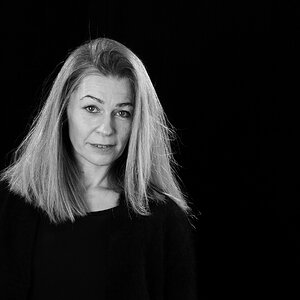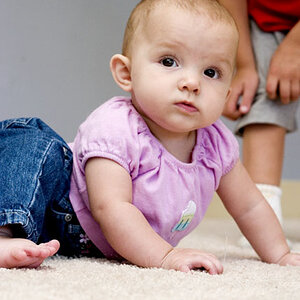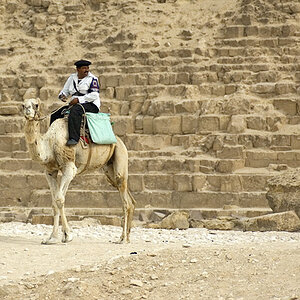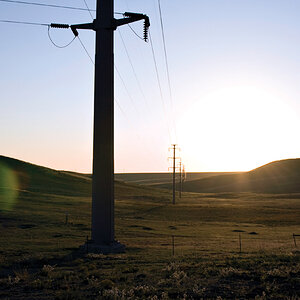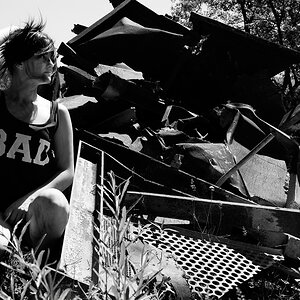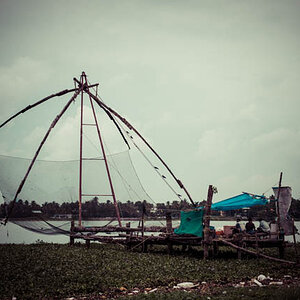Finnegan
TPF Noob!
Hi!
I've used various compact cameras for many years and, for the most part, have been satisfied with the photographs, especially as the quality of the cameras have improved. However, recently I've wanted to venture into the SLR realm. With compacts, I'm dissatisfied with: a) occasional red-eye or glowing eyes (even when there's no red), even when I take all measures to avoid it; b) limited composition ability, especially with portraits. For example, I really like photographs from SLRs where the background is softened and/or blurred, and your subject stands out; c) the small size of compacts these days, and it seems they just keep getting smaller.
So, I bought a Minolta Maxxum 70 with a Minolta 28-100 lens the other day. (The lens came with it. I've heard it's probably not as good as if I bought the body and lens separately, but I have 30 days to test everything.) This is an autofocus camera, which I need. Anyway, I've read the manual several times carefully.
Here's where I need help: Focus issues. You see, one of the things I like about my compact is the focus toggle switch, which allows me to zoom in and out at will while standing in one place or moving around. If the lens is too close to the subject, a flashing light tells me, so either I move back or, more often, I quickly retract the lens a bit by pressing the toggle switch. Over the years, I've learned to focus on subjects very quickly and easily, resulting in some great action and pre-action shots (mainly of children and pets). However, there is no focus toggle switch on the SLR, and as far as I can see, no button that allows me to zoom in and out. Even when I put the SLR in close-up mode, it won't zoom in on a subject. I have to manually rotate the lens.
Am I doing something wrong? Is this just how SLRs work?
Thanks very much for info/help!
I've used various compact cameras for many years and, for the most part, have been satisfied with the photographs, especially as the quality of the cameras have improved. However, recently I've wanted to venture into the SLR realm. With compacts, I'm dissatisfied with: a) occasional red-eye or glowing eyes (even when there's no red), even when I take all measures to avoid it; b) limited composition ability, especially with portraits. For example, I really like photographs from SLRs where the background is softened and/or blurred, and your subject stands out; c) the small size of compacts these days, and it seems they just keep getting smaller.
So, I bought a Minolta Maxxum 70 with a Minolta 28-100 lens the other day. (The lens came with it. I've heard it's probably not as good as if I bought the body and lens separately, but I have 30 days to test everything.) This is an autofocus camera, which I need. Anyway, I've read the manual several times carefully.
Here's where I need help: Focus issues. You see, one of the things I like about my compact is the focus toggle switch, which allows me to zoom in and out at will while standing in one place or moving around. If the lens is too close to the subject, a flashing light tells me, so either I move back or, more often, I quickly retract the lens a bit by pressing the toggle switch. Over the years, I've learned to focus on subjects very quickly and easily, resulting in some great action and pre-action shots (mainly of children and pets). However, there is no focus toggle switch on the SLR, and as far as I can see, no button that allows me to zoom in and out. Even when I put the SLR in close-up mode, it won't zoom in on a subject. I have to manually rotate the lens.
Am I doing something wrong? Is this just how SLRs work?
Thanks very much for info/help!



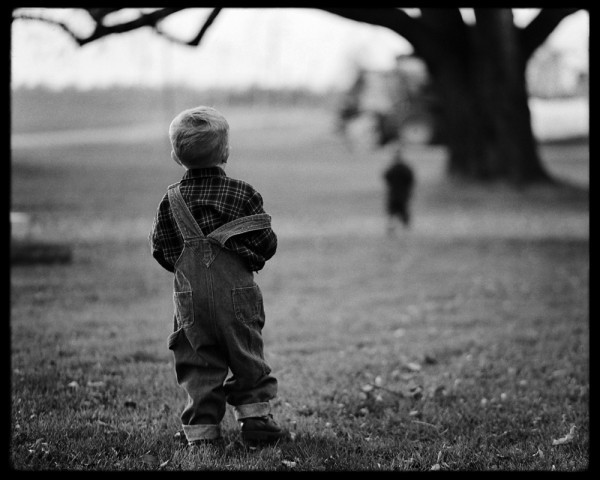
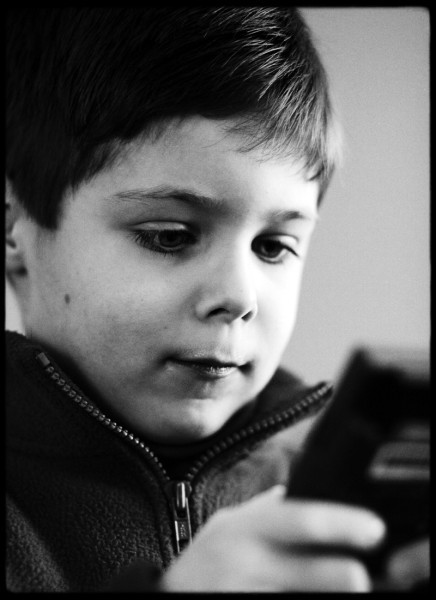
![[No title]](/data/xfmg/thumbnail/42/42453-e95056d39ba6f0ce0e7a7fff81041853.jpg?1619740190)

